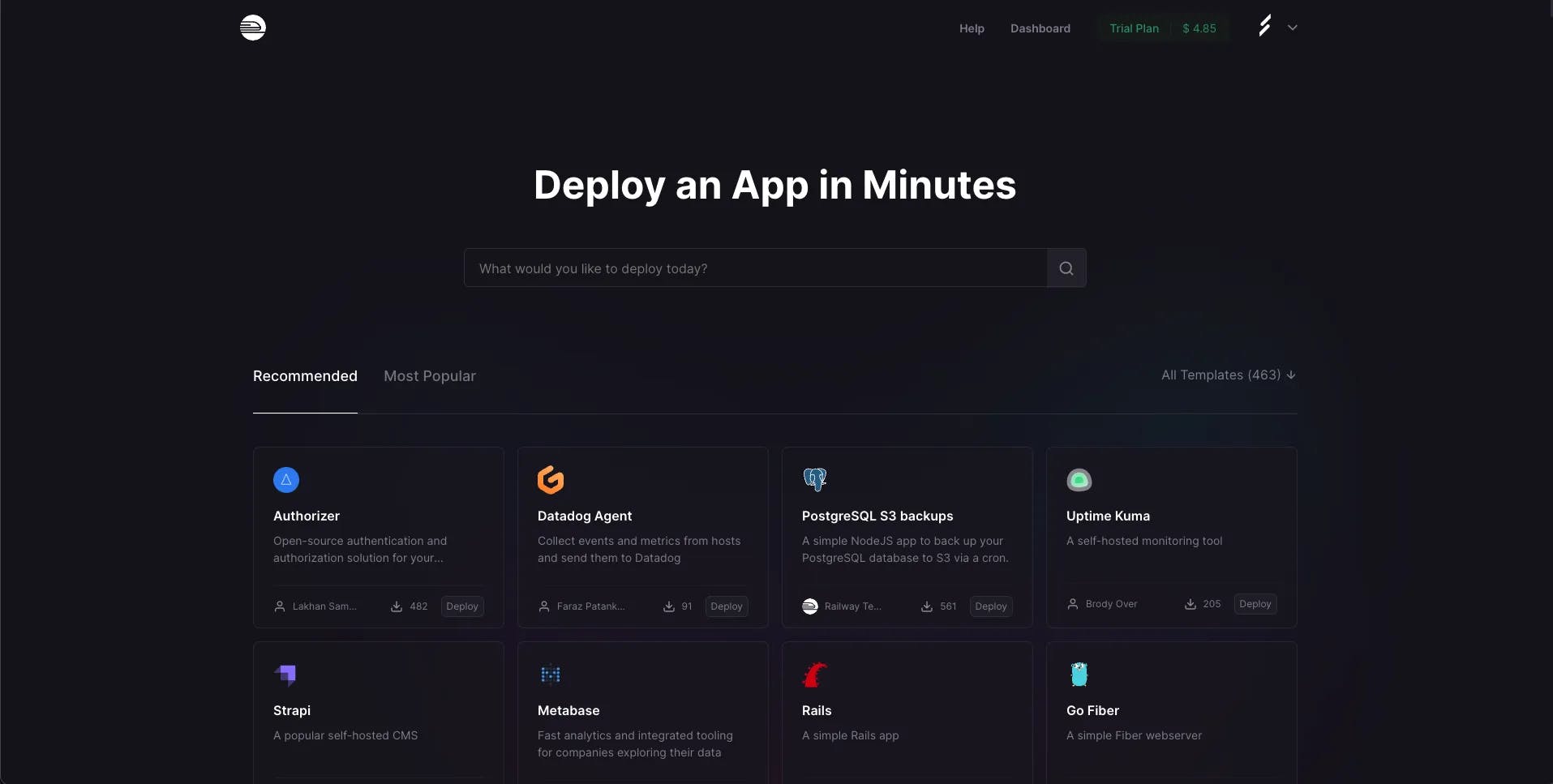Fastest Way to Deploy Any Node.js App

In the initial stages of product development, the allure of using advanced cloud solutions like AWS or Google Cloud can be strong. These platforms offer extensive features, scalability, and performance that are unmatched in many respects. However, they also come with a complexity and cost that may not be justifiable for early-stage projects or simple applications.
The High Cost of Complexity
The first and foremost point to consider is the complexity associated with these advanced cloud services. AWS and Google Cloud offer a vast array of services and configurations that, while powerful, can be overwhelming to new users or small teams. The time and effort required to configure and manage these services can be substantial. This is time that could be better spent on developing the core product and adding business value.
It's a common pitfall for tech startups and individual developers to invest more resources into their infrastructure than into their actual customer base. If you find yourself with more environments than customers, it's time to reassess your priorities. The goal should be to develop a viable product and validate your business idea, not to engineer the most sophisticated infrastructure.
The Case for Simplicity: Railway.app
This is where platforms like Railway.app come into play. Railway is designed with simplicity and ease of use in mind, making it an excellent choice for developers looking to deploy applications quickly and without hassle. It offers a straightforward approach to app hosting, with plug-and-play CI/CD, making it ideal for small projects, prototypes, or early-stage applications.
Key Benefits of Railway:
-
Ease of Use: Deploy applications like Postgres, MongoDB, or custom Docker images with a single click, without worrying about security or configuration.
-
Cost-Effective: While platforms like AWS might be cheaper in some scenarios, the initial cost of learning and setting up can outweigh the price differences, especially for small-scale applications.
-
Focus on Development: Instead of getting bogged down by infrastructure, Railway allows you to focus on developing your product and adding value to your customers.
-
No Credit Card Required: You can deploy services like Postgres directly without entering credit card information, lowering the barrier to entry.
Railway Templates:

Railway provides a variety of templates to get started with common setups:
These templates make it easy to get started and provide a clear path for deploying common types of applications.
When to Consider AWS or Google Cloud
While Railway offers a fantastic starting point, there are scenarios where AWS or Google Cloud might be more appropriate. These include:
- High scalability needs.
- Advanced service requirements not covered by Railway.
- Long-term cost savings at scale.
However, until your project reaches a stage where these factors come into play, the simplicity and efficiency of Railway should not be underestimated.
Frontend Hosting: Vercel
For frontend applications, especially those built with Next.js, Vercel is the recommended platform. Vercel provides seamless integration with Next.js, offering optimized performance and easy deployment. While Railway is great for backend and databases, Vercel excels in hosting frontend applications, making it a potent combination for full-stack development.
Conclusion
In conclusion, while AWS and Google Cloud offer extensive capabilities, they may not be the best choice for early-stage projects due to their complexity and cost. Platforms like Railway and Vercel offer simpler, more cost-effective solutions that allow developers to focus on their products rather than infrastructure. Remember, the goal of starting a project is to validate ideas and build a customer base, not to get lost in the intricacies of cloud services.

